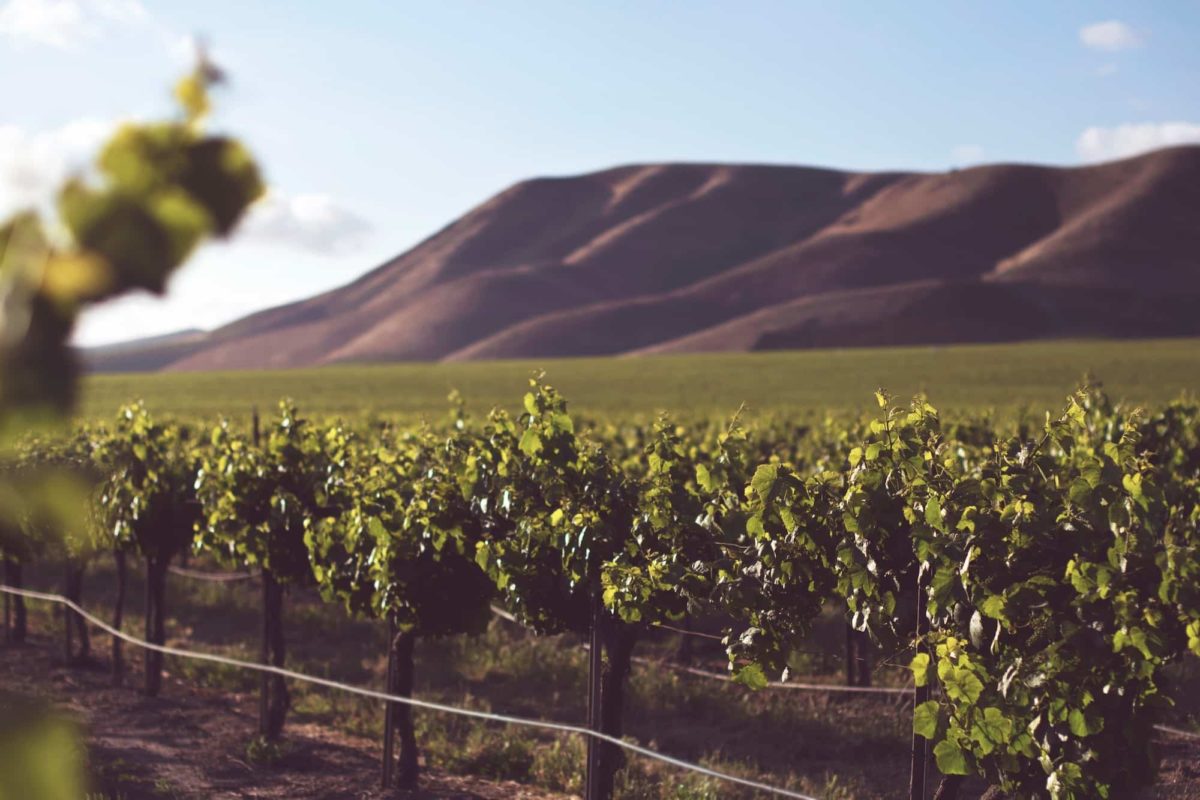Cannabis and Wine: Agricultural Match or Not?

Accounting for 89% of all American-made wine, Napa and Sonoma County help to make California the long-standing wine capital of the US. And there hasn’t been much competition for a mood-enhancing, psycho-active commodity in the great state of grapes either. That is until now. Today, 21st-Century winemakers find themselves at a new agricultural and economic crossroads, especially in the era of post-prohibition cannabis.
As an industry slated to exceed wine by an estimated 60 million dollars annually, cannabis crops bring more than just stigma and a little friendly competition to California towns known for producing some of the best wines. After decades of business as usual, California winemakers (and other farmers, respectively) have new regulatory hoops and economic hurdles to navigate.
Legal Cannabis meets Wine Country
Per the Bureau of Cannabis Control and effective August 1, 2018, all cannabis produced in the State of California is required to pass rigorous testing, accounting for residual pesticides and other foreign material. Sounds awesome, right? Not if you ask many other farmers.
For decades wine farmers have relied on using FDA approved pesticides for the success of their crops. Now, thanks to the highly regulated legal cannabis market and good ole’ fashioned wind patterns, wine producers have a new pest to deal with: more expensive, less effective pesticides and fungicides.
“We’ve lived together with other vegetables, lettuces and cauliflower, and broccoli and snap peas, and walnuts very happily,” Kathy Joseph of Santa Barbara told NPR in late 2019. Joseph quickly realized that cannabis wasn’t like other vegetables after finding out that the fungicides she was using at her Santa Barbara County vineyard for decades were potentially drifting onto plants at her newest neighbor: a cannabis farm.
Pesticide Drift
Pesticide drift is any movement in pesticides through the air away from the intended target. This drift can include mist, particles, or gas (vapor).
Believed to be a hazardous trend amongst the agricultural, activist, and legislative communities, pesticide drift regulations have been implemented in most states to combat growing concerns. Additionally, the EPA has included targeting “reducing pesticide drift” in its areas of focus.
However tensions arise “where the standards for things like pesticides are very different for cannabis versus other agricultural products like wine grapes,” writes Canna Law Blog.
Such is the case in many California municipalities where the two find themselves as neighbors, with farmers on both sides crops’ at risk. Grape farmers if their pesticides can’t hold up. Cannabis farmers if they fail the rigorous testing.
What Do Cannabis Farmers Say?
Many cannabis farmers say that conflict with neighboring farms is “as old as agriculture itself” and not merely a new phenomenon to cannabis farming. As with any newly regulated and taxed industry, there will surely be issues, it’s just that this one sits at the unique intersection of wine and weed and at a unique time when cannabis is still federally illegal and states and counties are charged with its regulation.
What About Other Farmers Right to Farm
Like other states, California has a right to farm law intended to protect farmers who use accepted farming practices from the threat of any frivolous lawsuits.
“No agricultural activity, operation, or facility, or appurtenances thereof, conducted or maintained for commercial purposes, and in a manner consistent with proper and accepted customs and standards, as established and followed by similar agricultural operations in the same locality, shall be or become a nuisance, private or public, due to any changed condition in or about the locality, after it has been in operation for more than three years if it was not a nuisance at the time it began.”
The problem becomes when cannabis, unlike its neighboring fruit and vegetable farms, is regulated at different, legal, standards. And, as stated above, with federal jurisdiction still in limbo many states and counties are left to enact and enforce right to farm protections by themselves.
Wine and Cannabis Agriculture: Now What
Can federal pesticide drift laws be enacted? Laws that account for variance in crop and the impact socially and environmentally. Until then, this new agricultural problem drifts on.
In the meantime, maybe the rise of cannabis adult beverages will help bridge the agricultural divide between the two roaring markets. With the rise of sippable cannabis beverages came cannabis-infused wines and at least in this niche market, the two are getting along.
Want to stay in the loop when it comes to changes in the cannabis industry? The best way to do so is to attend a CannaCon event in your area. Get your tickets today!
